North of the arctic tree line, the earth looks so different you might feel like you’re on another planet. Sweeping tundra, sharp cliffs, northern lights, icebergs and wildly variant daylight hours all contribute to that other-worldly feeling, but nothing beats the arctic’s magical creatures.
Here are four arctic animals that will make you feel like you’re living in a sci-fi fantasy or ancient myth:
1. Narwhal
The closest thing to a unicorn you’ll find on earth, narwhals are arctic whales with a slender ivory tusk nearly three metres long. Researchers are still trying to understand the tusk’s purpose: they might use it to impress mates (similar to antlers on a deer), to stun prey, or even to sense temperature and pressure changes in the water. Whatever it’s purpose, we’re sure glad these other-worldly creatures exist.
How to see them: From November to April Narwhals are generally out-of-site in deep, ice-covered waters, but in summer they typically return to the same areas for calving. Your best chance to see narwhals is in May and June, when they migrate around Baffin Island towards their summer territory. Book a tour to the floe edge, charter a boat or hop a plane to try and spot a pod migrating from above.
2. Muskox
The sabre-toothed tiger and wooly mammoth may be extinct, but the mighty muskox still reigns across the arctic tundra. Its drooping horns look both imposing and adorable, and its long shaggy coat is perfect for surviving icy arctic winters. The coat actually has two layers: a woolly under layer that’s finer than cashmere and sheds every spring, and a long-haired top coat that stays year-round. Scientists believe muskoxen have been around since the last ice age, and it’s clear these prehistoric beasts know how to survive. In the long, dark winters, their keen sense of smell helps them find vegetation beneath the snow.
How to see them: You can spot herds of muskoxen year round, if you know where to look. Visit the Seward Peninsula in Alaska, Ivvavik National Park in the Yukon, Alulavik National Park in the Northwest Territories, or Boothia Peninsula in Nunavut. The population near Cambridge Bay has declined in recent years, but you’ll want to visit the metal muskox sculpture if you’re in town.
3. Bowhead and Beluga whales
Over a dozen species of whales pass through the arctic, but only three live here year-round: narwhals, bowheads and belugas. The narwhals flaunt that distinctive tusk, while bowheads and belugas boast adorable, formidable foreheads — a bowhead whale’s head can make up a third of its body! Bowheads use their big noggin to break through sea ice, and are considered to be the oldest living mammals on earth. Belugas are smaller and younger, but their distinct white colour and playful personalities make them a crowd favourite.
How to see them: Summer is the best time to catch whales in the arctic, when sea ice recedes. Belugas come as far south as Churchill in Hudson Bay, while Bowheads typically stay farther north in the waters around Baffin Island and the Beaufort Sea. Climate change is affecting whale migration, so check with a local guide before booking your trip.
4. Polar Bear
If you want to prove you’ve been to the north, there’s nothing more iconic than a photo of a polar bear. These fuzzy white creatures can weigh as much as 10 men, and are actually classified as marine mammals — they can swim for days at a time! Their sense of smell is also extremely strong, and they use it to sniff out seals’ breathing holes in the ice. They can catch a scent on the breeze up to a kilometre away, and can smell a seal under a metre of snow.
How to see them: You’ll be able to spot polar bears year-round in Nunavut, the Northwest Territories and the Yukon. Time your trip to coincide with the whale migration and the longest days of the year, or visit in the fall when you’ll have a better chance of seeing the northern lights.
Plan your adventures throughout the West Coast at westcoasttraveller.com and follow us on Facebook and Instagram @thewestcoasttraveller. And for the top West Coast Travel stories of the week delivered right to your inbox, sign up for our weekly Armchair Traveller newsletter!

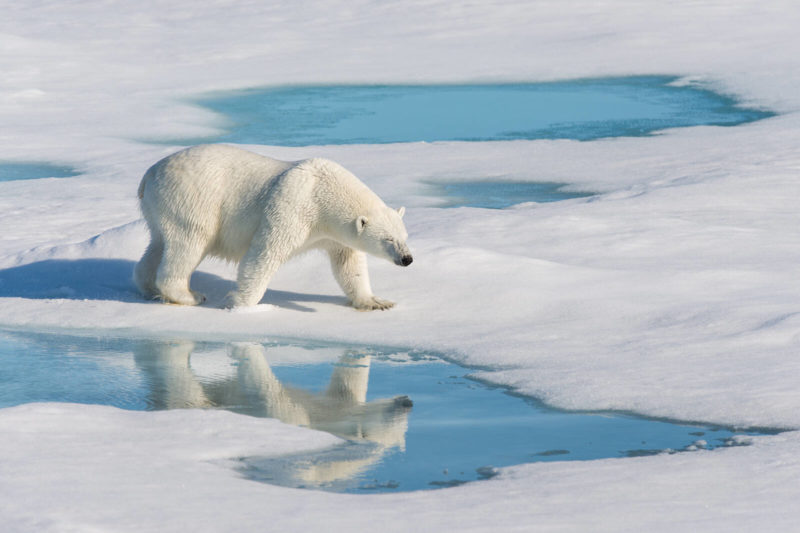
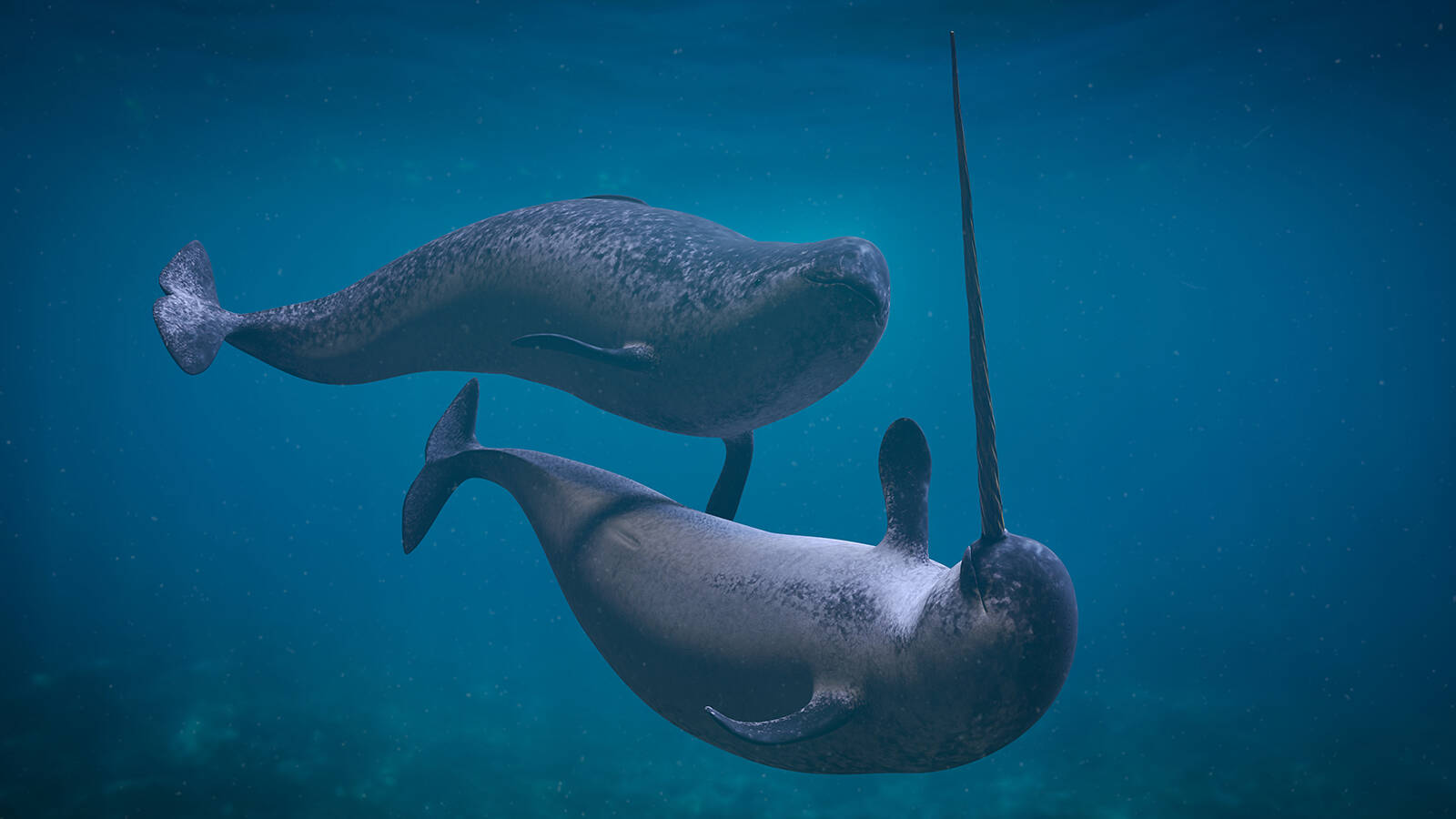
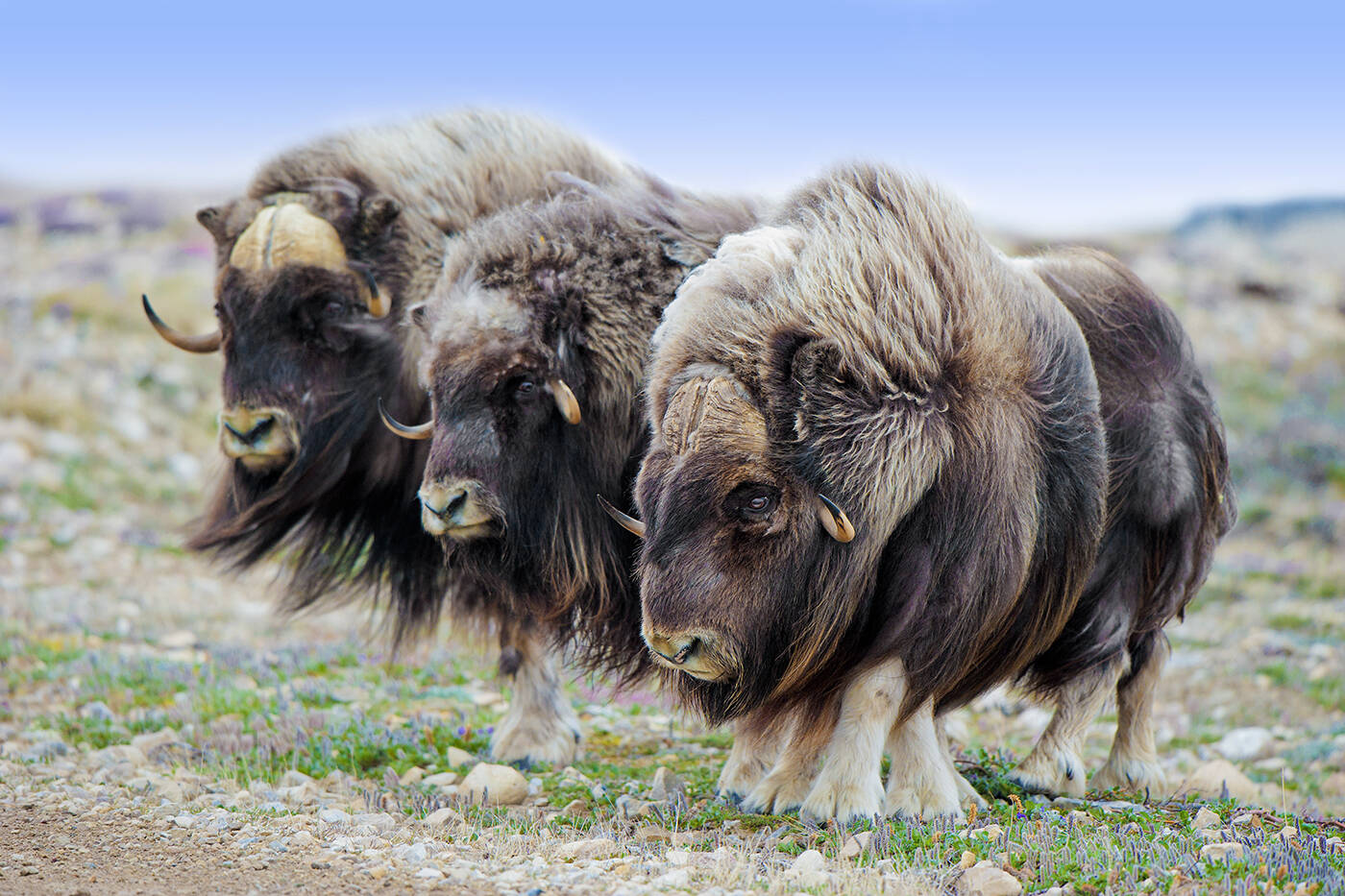
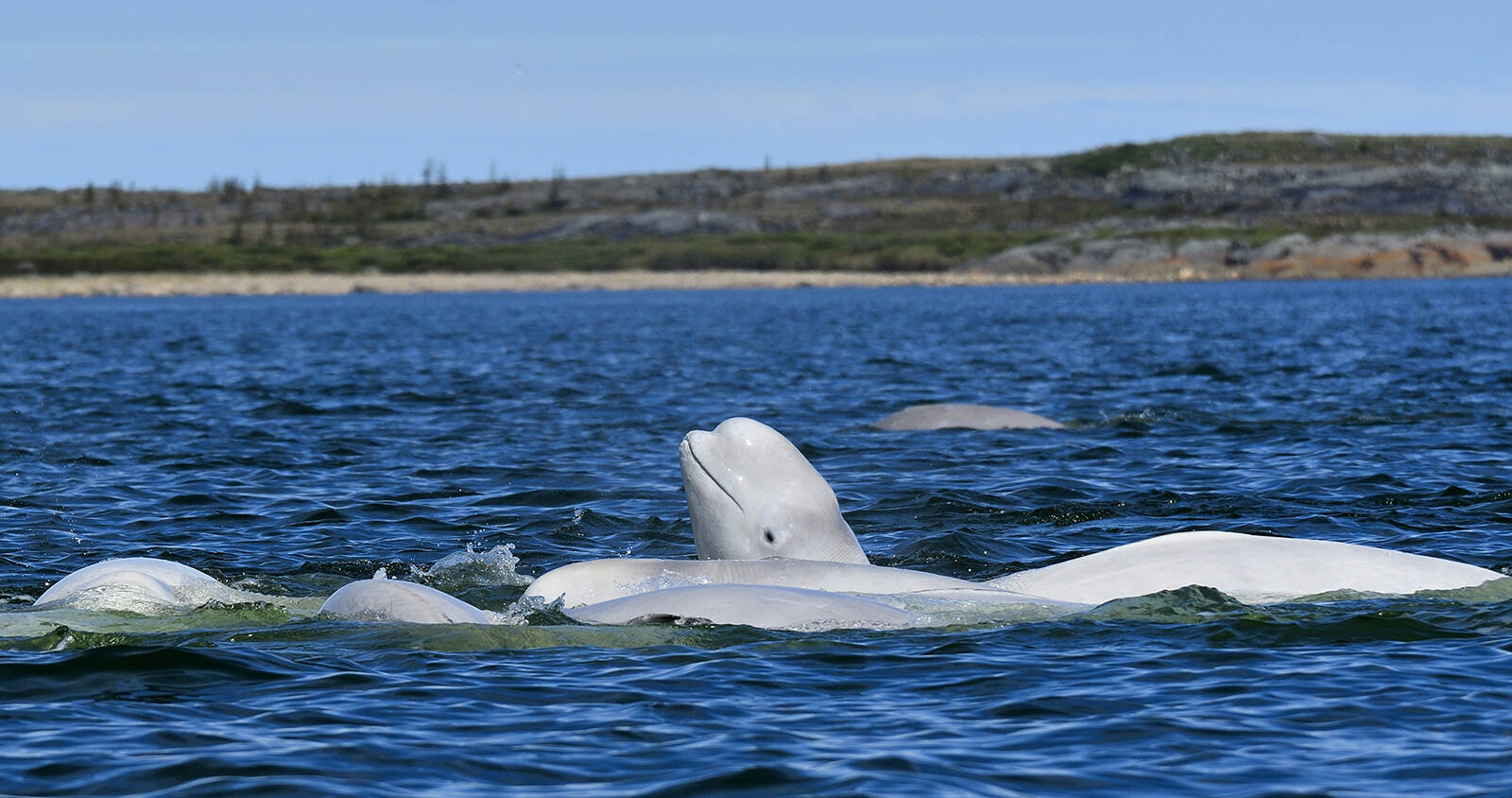
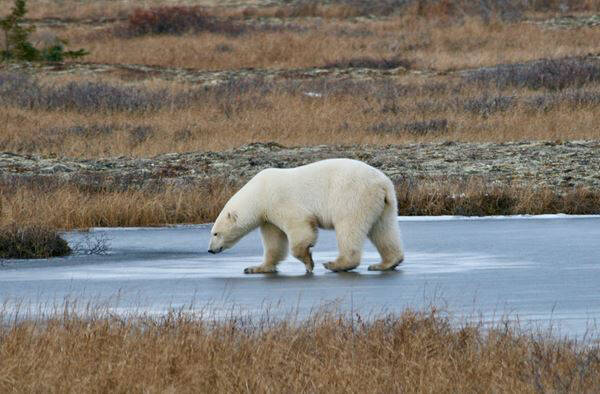









 Wildlife advocates work together to rescue orphaned bear cub on Vancouver Island
Wildlife advocates work together to rescue orphaned bear cub on Vancouver Island